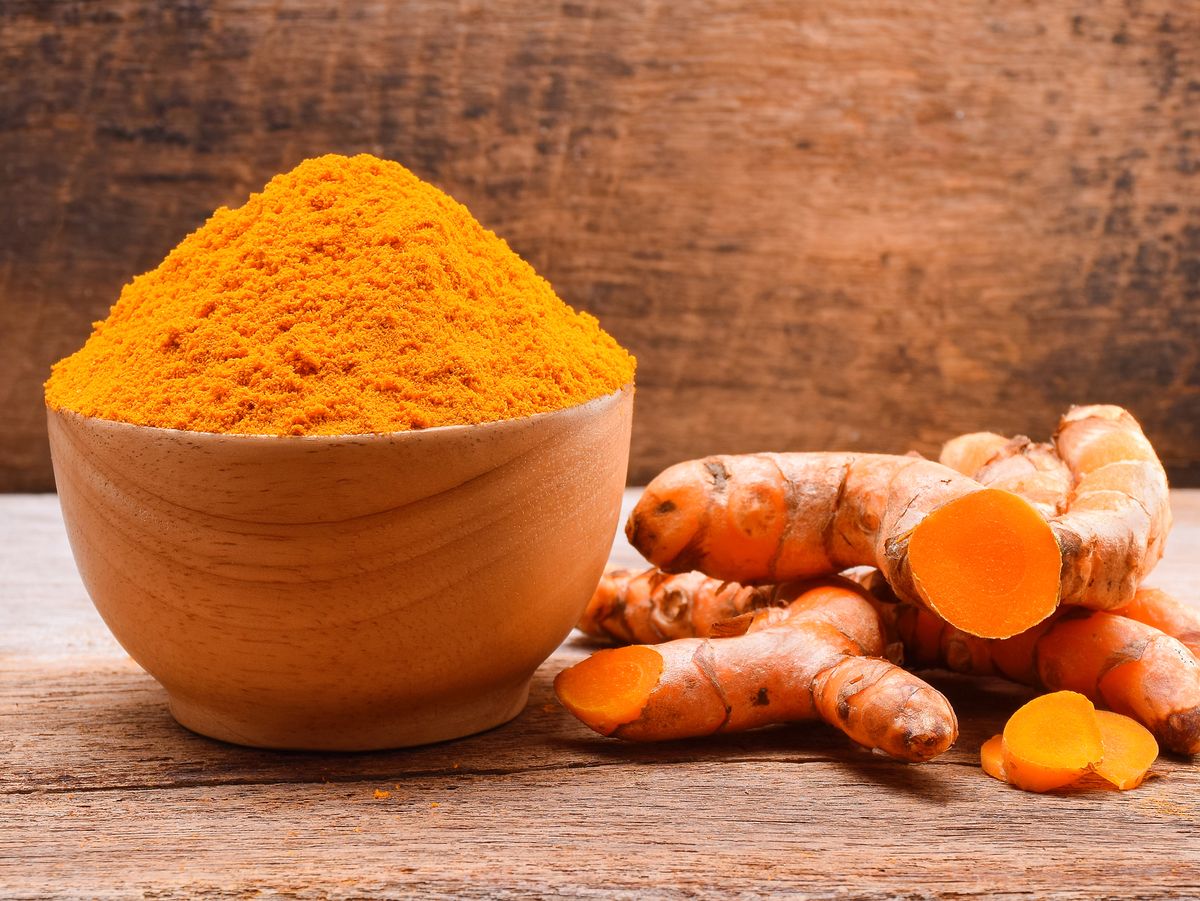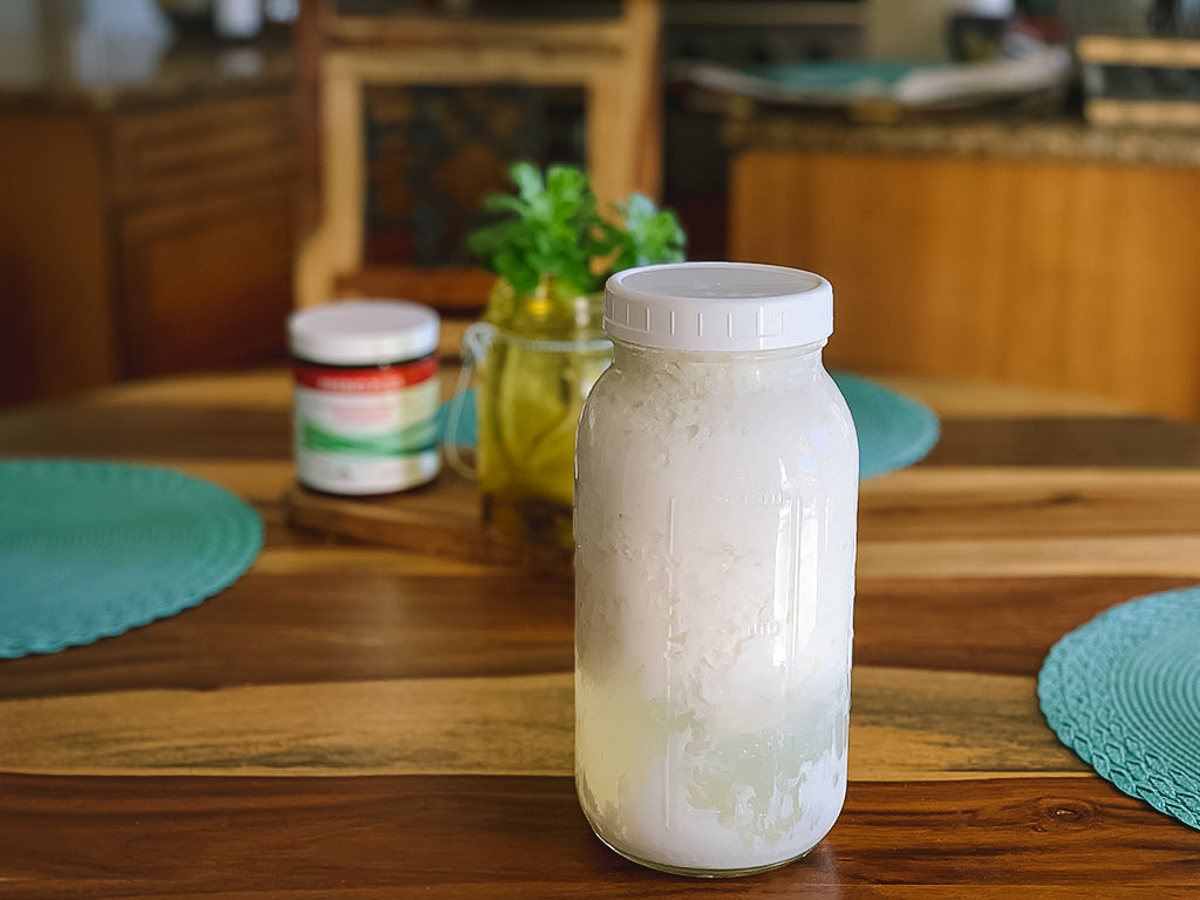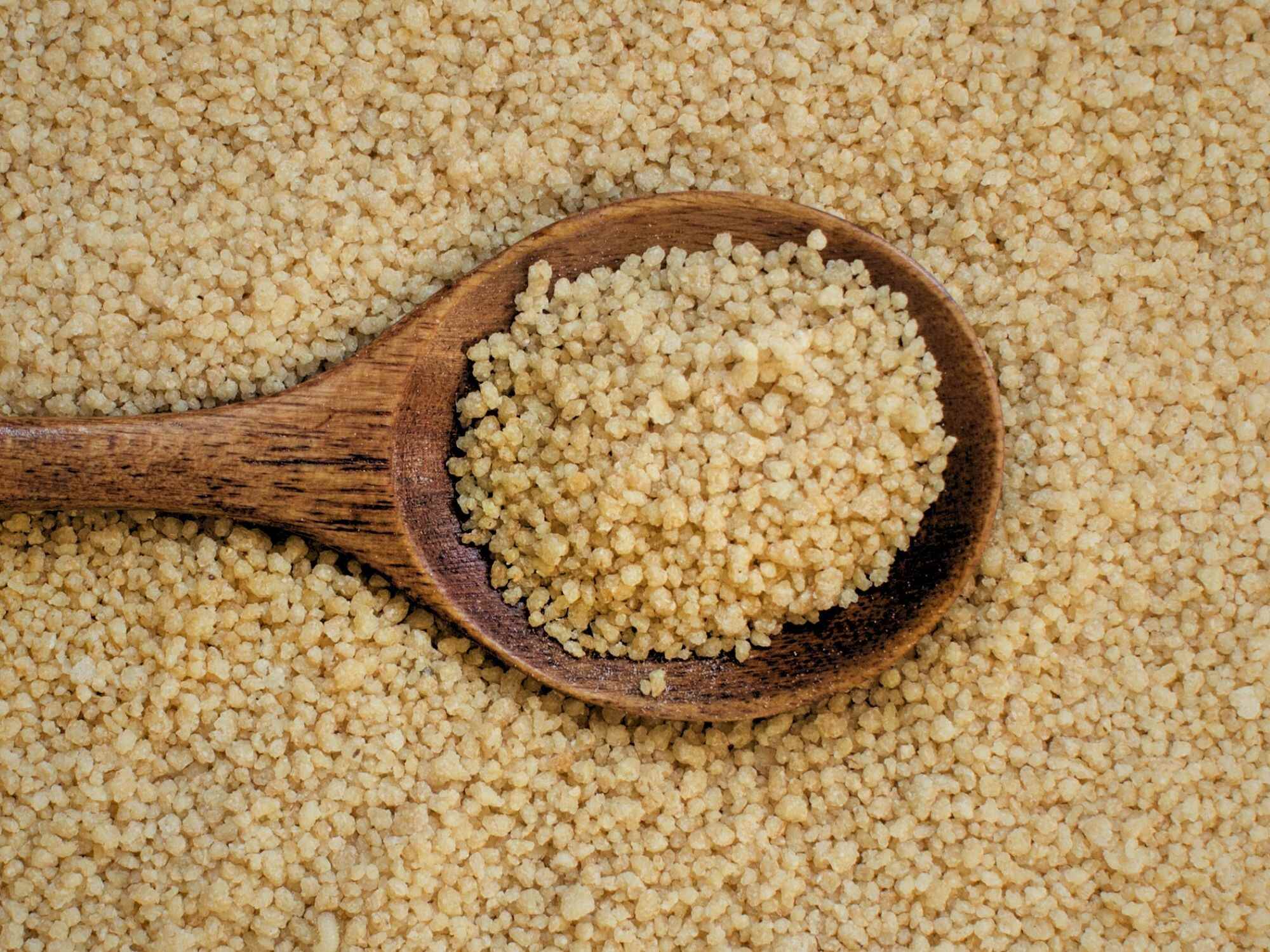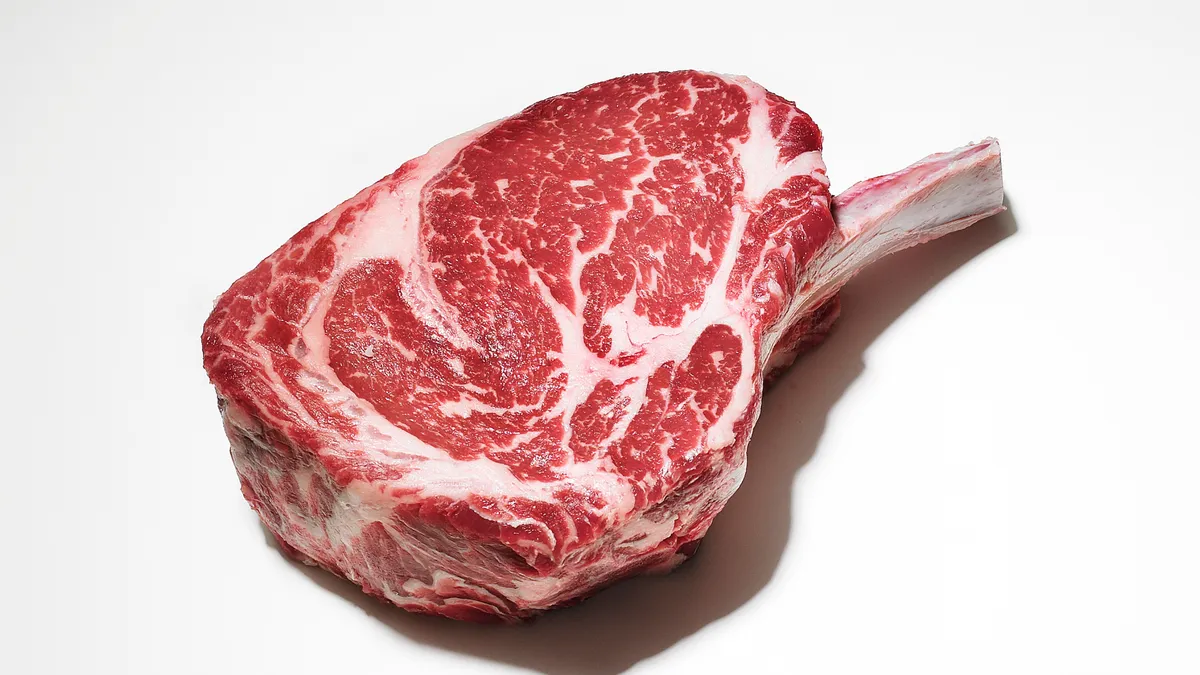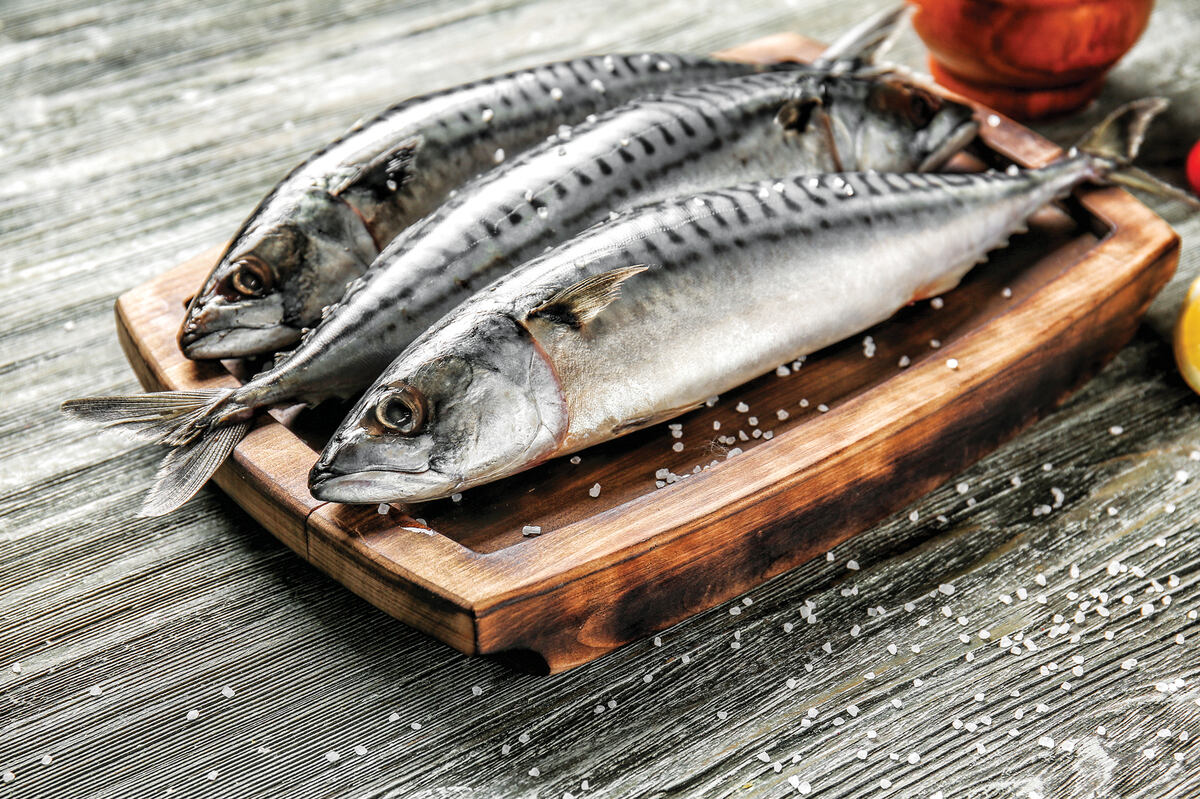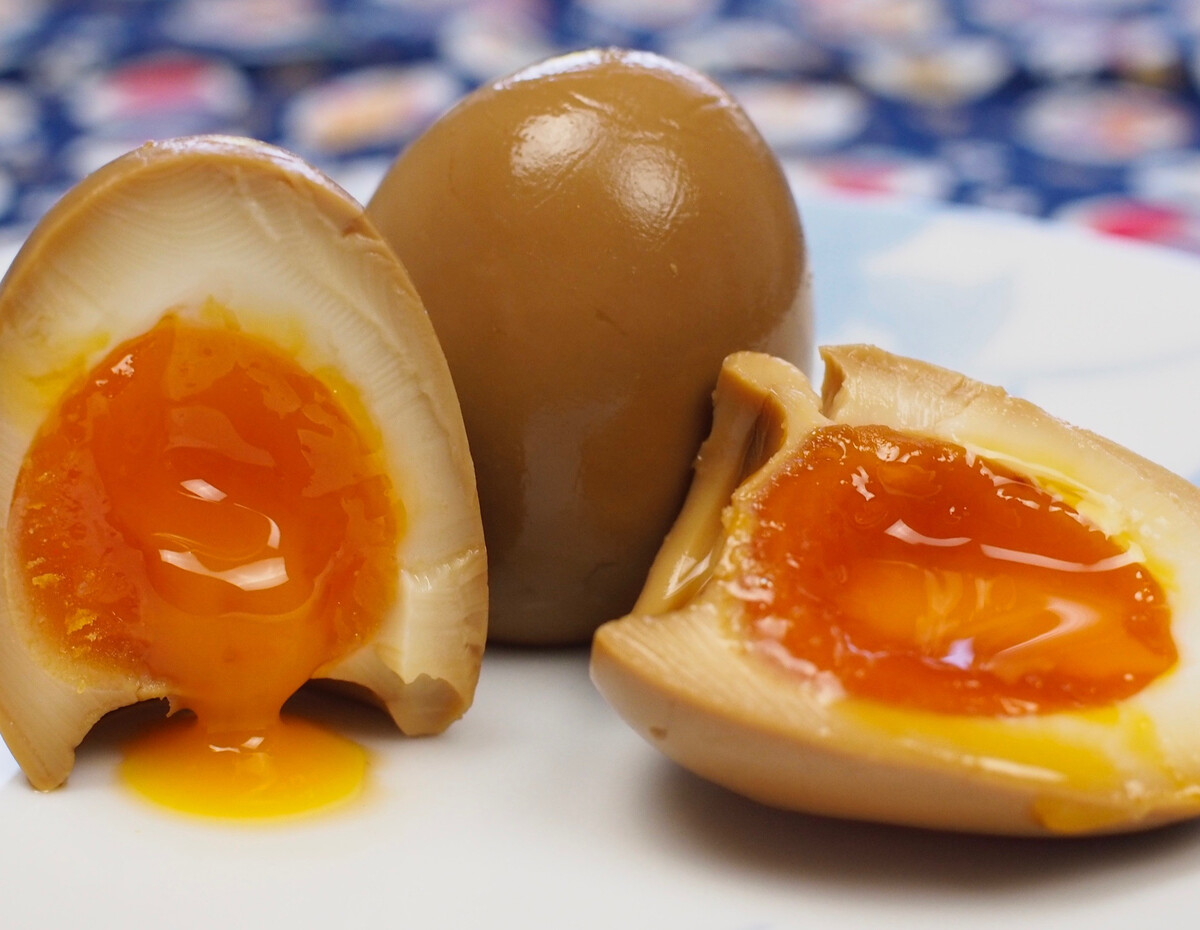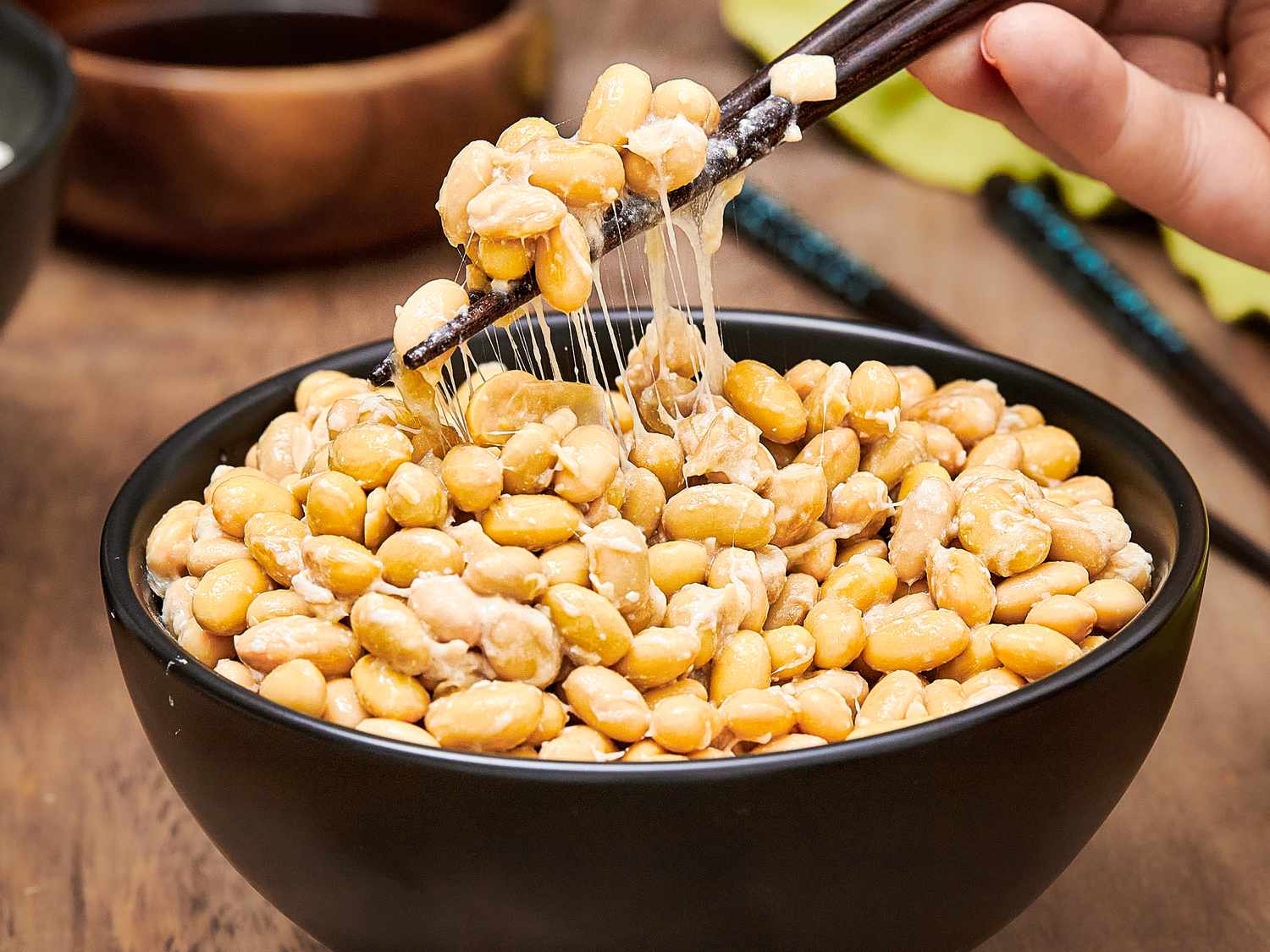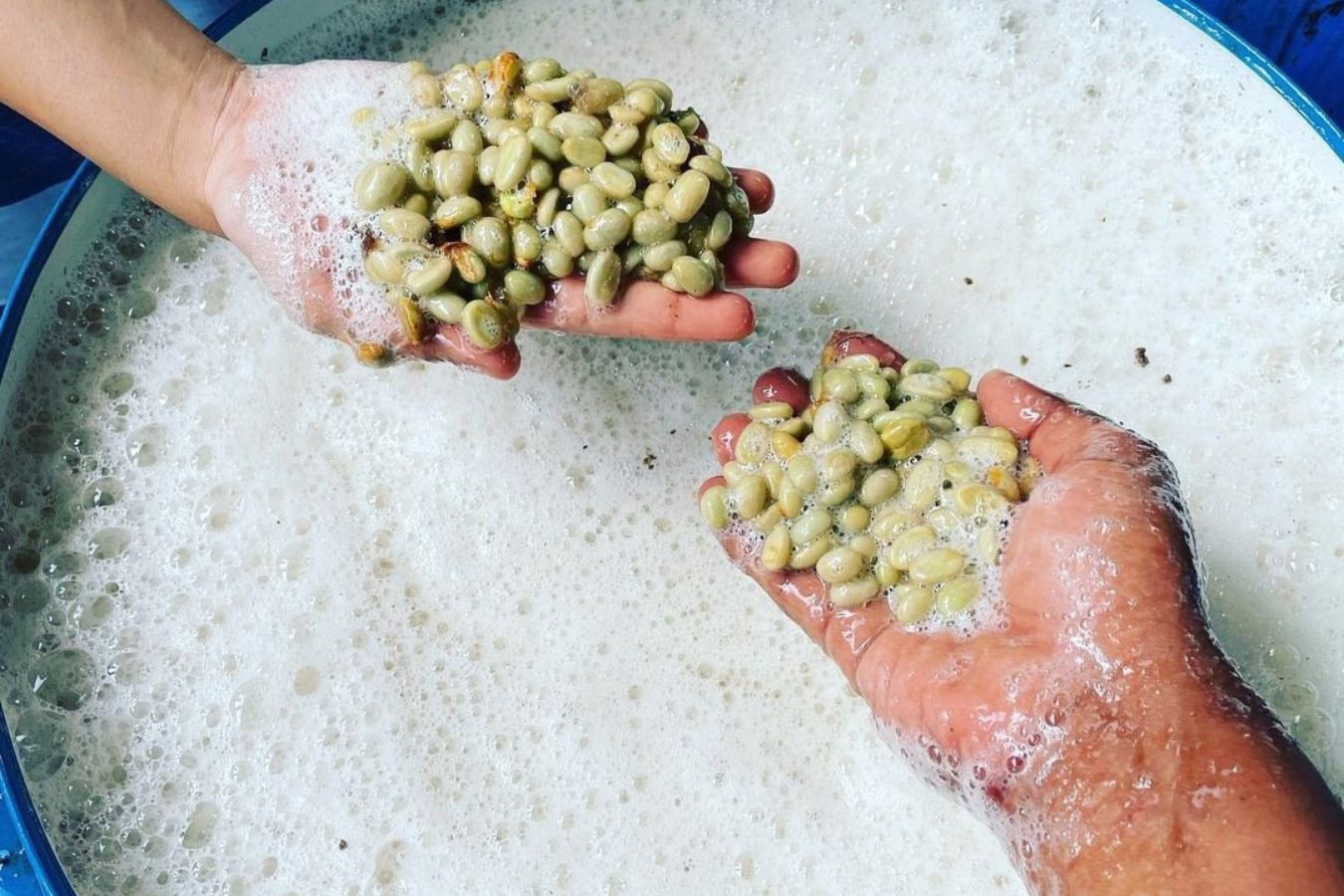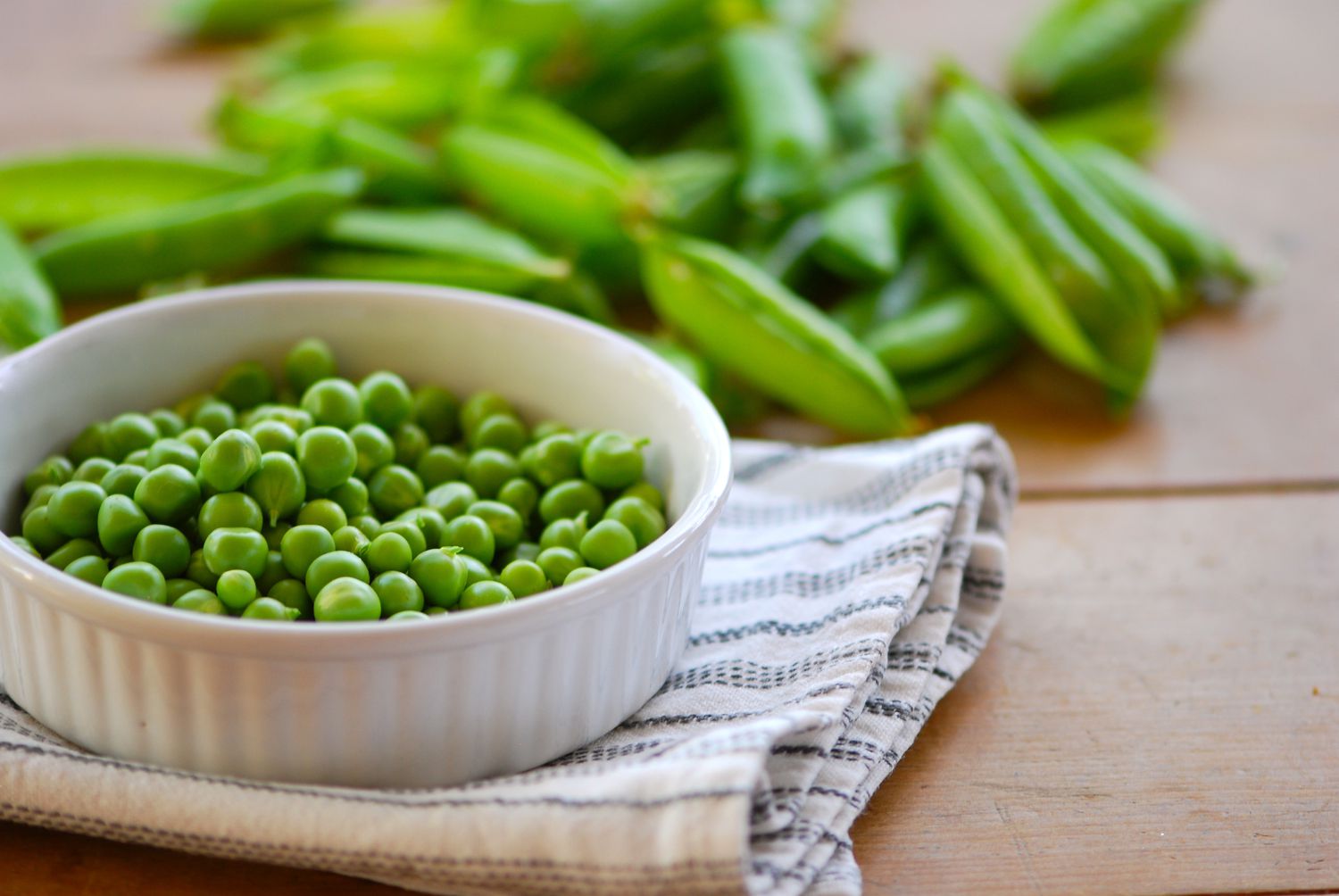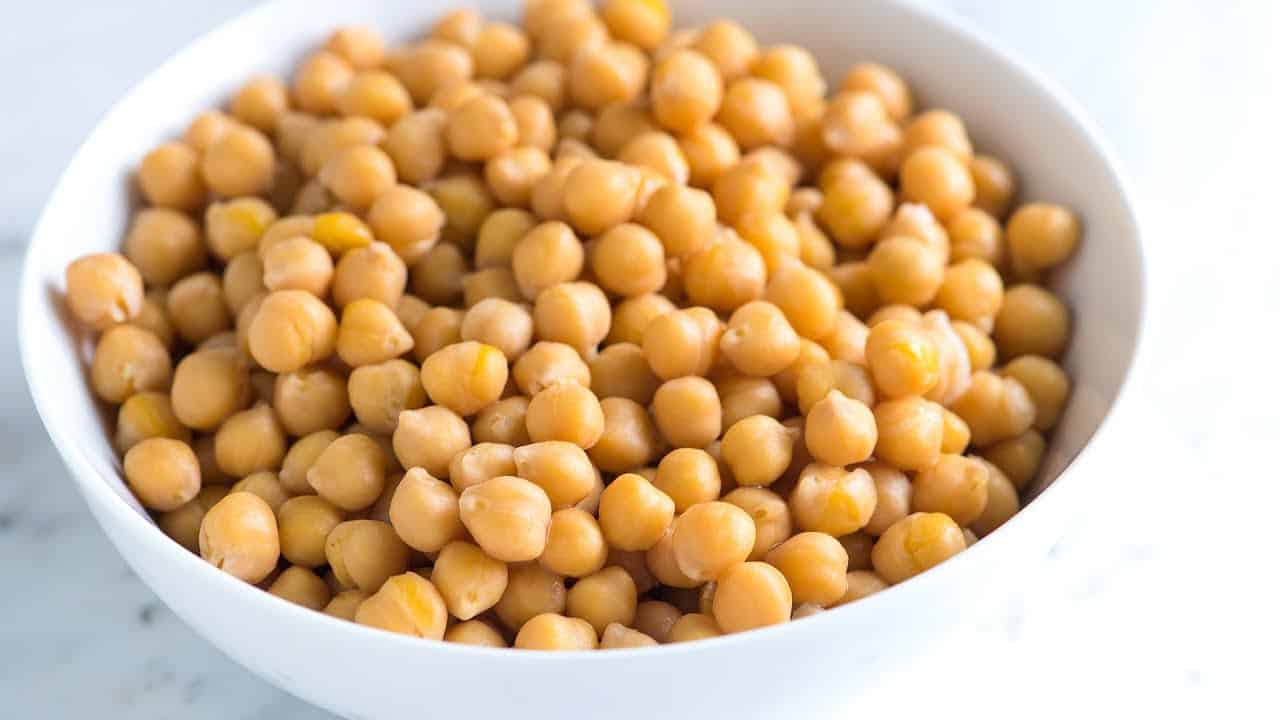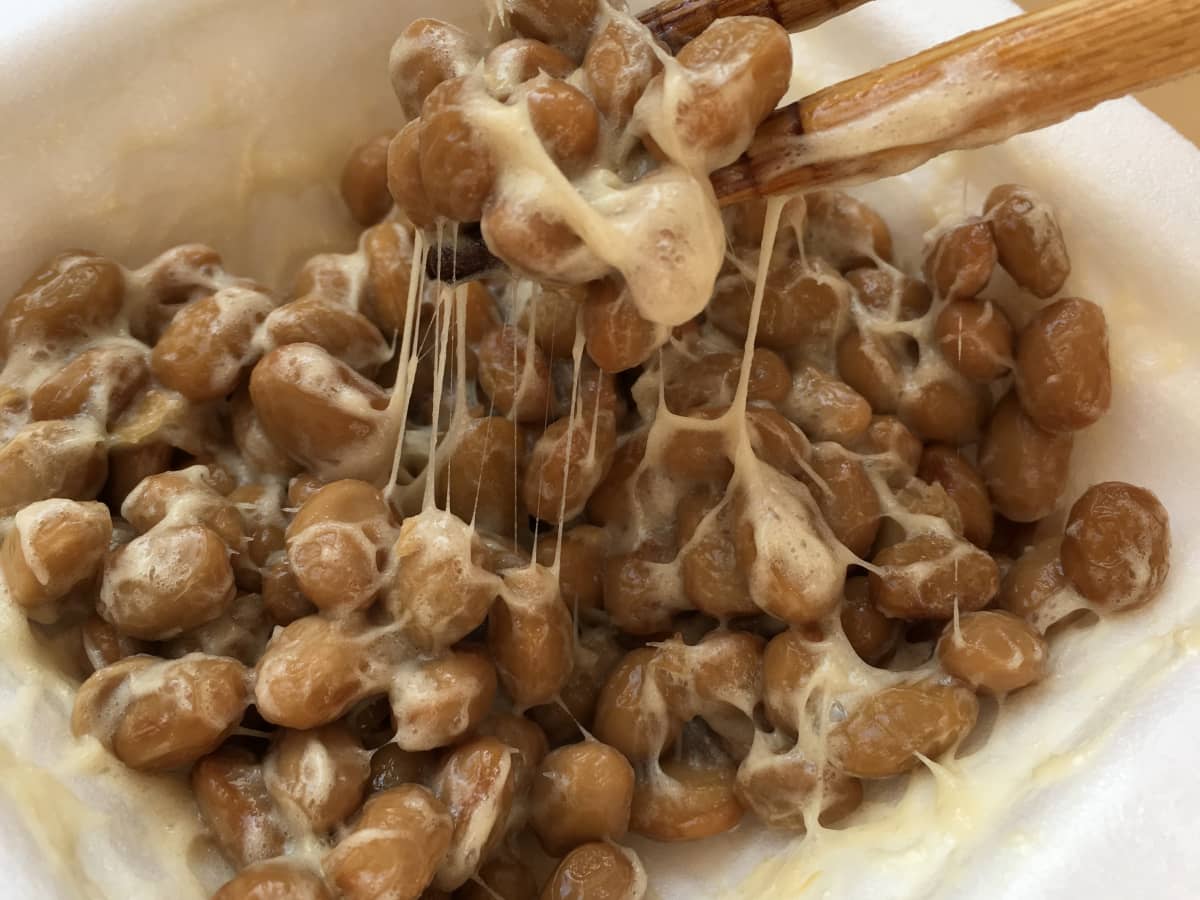What is Pepperoni?
Pepperoni is a popular type of Italian-American salami, typically made from a mixture of pork and beef. It is seasoned with paprika or other chili pepper, giving it a characteristic red color and spicy flavor. Pepperoni is often used as a topping for pizzas, sandwiches, and other dishes, and its distinct taste adds a kick to any meal.
What is Fermentation?
Fermentation is a natural process that involves the breakdown of sugars by bacteria and yeast. This process creates lactic acid, which acts as a preservative and gives fermented foods their distinct tangy flavor. Fermentation can also enhance the nutritional value of foods by increasing the presence of beneficial bacteria and enzymes.
Why Ferment Pepperoni?
Fermenting pepperoni can enhance its flavor and texture, creating a unique product that stands out from traditional cured meats. The fermentation process can also increase the shelf life of pepperoni and introduce beneficial bacteria that can support gut health.
How to Ferment Pepperoni
Here’s a simple guide to fermenting your own pepperoni at home:
- Prepare the Ingredients: Start by gathering high-quality pork and beef, as well as the necessary spices and seasonings, including paprika, garlic, and chili pepper.
- Mix the Ingredients: Combine the meat and spices in a large bowl, ensuring that the seasonings are evenly distributed throughout the mixture.
- Encourage Fermentation: To kickstart the fermentation process, add a starter culture containing beneficial bacteria to the meat mixture. This will help to ensure a safe and controlled fermentation process.
- Allow Time for Fermentation: Once the starter culture is added, allow the pepperoni mixture to ferment at a controlled temperature for a specific period, typically several days to a week. During this time, the beneficial bacteria will work their magic, transforming the flavor and texture of the pepperoni.
- Cure the Pepperoni: After the fermentation process is complete, the pepperoni can be cured by drying and aging it in a controlled environment. This step further enhances the flavor and texture of the pepperoni.
- Enjoy the Fruits of Your Labor: Once the pepperoni is fully fermented and cured, it’s ready to be enjoyed! Use it as a pizza topping, add it to sandwiches, or savor it on its own for a flavorful and unique culinary experience.
Benefits of Fermented Pepperoni
There are several benefits to fermenting pepperoni, including:
- Enhanced Flavor: The fermentation process can impart a complex, tangy flavor to the pepperoni, elevating its taste and making it stand out from traditional cured meats.
- Extended Shelf Life: Fermented pepperoni can have a longer shelf life compared to non-fermented varieties, thanks to the natural preservation properties of fermentation.
- Probiotic Benefits: The presence of beneficial bacteria in fermented pepperoni can support gut health and digestion, adding a potential nutritional boost to this savory treat.
Conclusion
Fermenting pepperoni is a rewarding process that can result in a unique and flavorful product. By harnessing the power of fermentation, you can elevate the taste, texture, and potential health benefits of this beloved Italian-American salami. Whether you’re a fan of spicy foods or simply enjoy experimenting in the kitchen, fermenting pepperoni can be a fun and delicious culinary project to try at home.
Was this page helpful?
Read Next: How To Ferment Without Botulism
